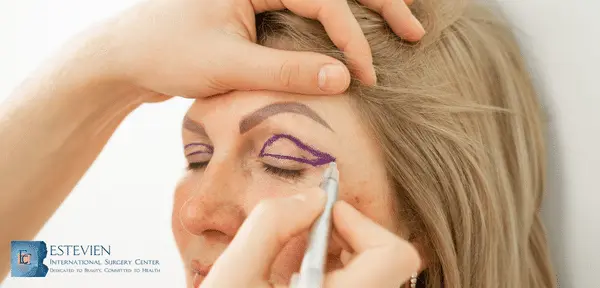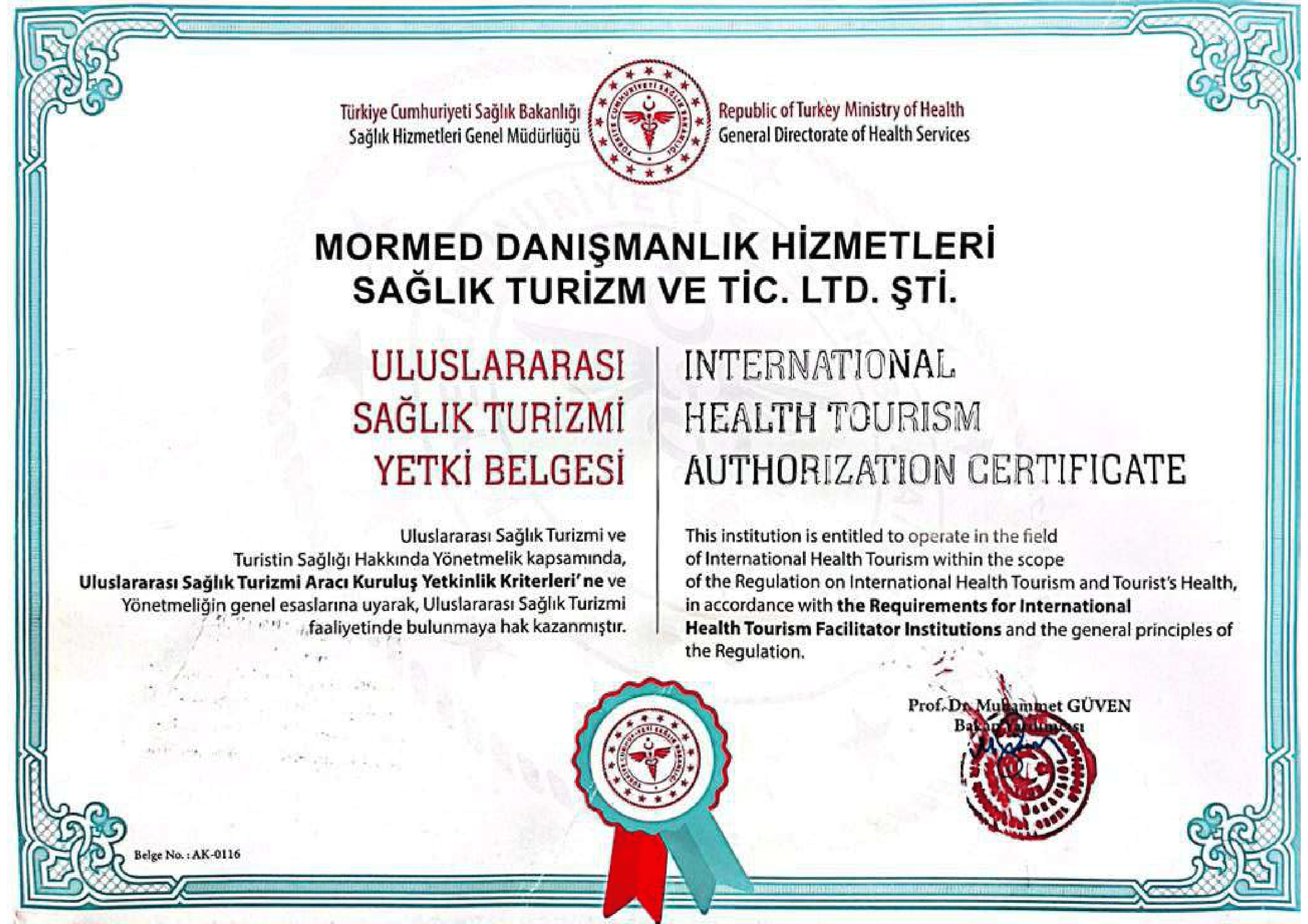Blepharoplasty Turkey Cost 2024
Blepharoplasty Turkey Cost 2024

| Summary Information | Details |
|---|---|
| Treatment | Blepharoplasty (Eyelid Surgery) |
| Target Concerns | Sagging upper eyelids, puffy lower eyelids, bags under eyes, tired eye appearance |
| Types | Upper, lower, or both eyelids |
| Anesthesia | Local or full anesthesia |
| Procedure Duration | 30 minutes to 3 hours |
| Hospital Stay | Not typically required |
| Recovery Time | Socially acceptable in 4-5 days |
| Cost | Generally lower than in many other countries. The average cost of Blepharoplasty in Turkey ranges from 1455$ to 5257$. |
Overview
What is blepharoplasty?
Blepharoplasty, also known as eyelid surgery, is a surgical procedure that improves the appearance of the eyelids . It can be performed on the upper eyelids, lower eyelids, or both. Blepharoplasty is done to address a number of concerns, including:
- xcess skin on the upper eyelids, which can cause a hooded appearance and interfere with vision
- Bags under the lower eyelids
- Droopy lower eyelids
Blepharoplasty can also be done for reconstructive purposes, such as to correct eyelid deformities caused by injury or disease.
While blepharoplasty is often considered a cosmetic procedure, it can also have functional benefits. For example, removing excess skin from the upper eyelids can improve vision.
Who is a good candidate for blepharoplasty (eyelid surgery)?
Generally good candidates for blepharoplasty are those who:
- Have realistic expectations. Blepharoplasty can improve the appearance of the eyelids, but it cannot stop the aging process.
- Are in good overall health. This means having no uncontrolled medical conditions, such as high blood pressure or diabetes.
- Do not smoke. Smoking can impair healing and increase the risk of complications.
- Have bothersome upper eyelid drooping or puffiness that obstructs vision.
- Have under-eye bags or puffiness.
- Do not have any serious eye conditions.
Procedure Details
How should I prepare for eyelid surgery?
Here are some things you can do to prepare for eyelid surgery:
- Consultation and Medical Evaluation: Discuss your goals and expectations with your surgeon. They will perform a physical examination, assess your medical history, and may recommend lab tests or a medical evaluation to ensure you are healthy enough for surgery.
- Medications: Stop smoking well in advance of surgery, as directed by your doctor. Smoking can hinder healing and increase complication risks. You may also need to stop taking certain medications or herbal supplements that can increase bleeding, like aspirin or anti-inflammatory drugs.
- Lifestyle Habits: Maintain a healthy lifestyle leading up to surgery. This means eating a balanced diet, getting enough sleep, and avoiding alcohol.
- Prepare your recovery space: Create a comfortable recovery area at home. Stock up on easy-to-prepare meals or frozen dinners, and arrange for help with errands or childcare if needed. Make sure the space is well-lit, clutter-free, and has minimal tripping hazards. You may also want to have pillows on hand to keep your head elevated.
On the night before surgery, you may be instructed to shower with a specific antibacterial soap and avoid using any hair styling products or lotions.
What happens during a blepharoplasty procedure?
A blepharoplasty procedure typically involves the following steps:
- Anesthesia: You will likely receive local anesthesia with sedation or general anesthesia, depending on the extent of the surgery and your doctor's preference.
- Markings: The surgeon will mark the areas on your eyelids where incisions will be made. These markings are often placed within the natural creases of your eyelids for better concealment of scars.
- Upper Blepharoplasty: An incision is made within the natural crease of the upper eyelid. Through this incision, excess skin, muscle, and fat are removed or repositioned. The surgeon will then meticulously close the incision with sutures.
- Lower Blepharoplasty: Depending on the technique used, the incision for lower eyelid surgery might be placed just below the lower lash line or inside the lower eyelid (transconjunctival approach). Excess fat is addressed, either repositioned or removed. In some cases, sagging tissues might also be tightened with sutures. The incision is then closed with stitches, surgical tape, or tissue glue.
- Once the surgeon is satisfied with the results, they will apply dressings to the eyelids.
- You will be monitored in a recovery area until you are stable enough to go home.
How long does a blepharoplasty procedure take?
Here’s a breakdown of typical times:
- Upper blepharoplasty: This can take anywhere from 30 minutes to 1 hour.
- Lower blepharoplasty: This procedure usually takes a bit longer, ranging from 45 minutes to 1 hour.
- Both upper and lower blepharoplasty: When addressing both eyelids, expect the surgery to last around 1-2 hours.
Risks / Benefits
Are there possible complications with blepharoplasty?
Blepharoplasty, though typically safe, carries some risks. Potential issues include bleeding, infection, and dry eyes. In rare cases, eyelid malposition or difficulty closing your eyes can occur.
Recovery
What is the blepharoplasty recovery time?
While the surgery itself is typically brief, blepharoplasty recovery time does take some time. Here’s a general guideline:
-
The first week: You will likely experience swelling and bruising around your eyes. This is normal and will gradually improve. You may also feel some tenderness and discomfort. Your doctor will prescribe medication to help manage these symptoms.
-
10-14 days: Most people feel comfortable going out in public after 10 to 14 days. By this time, the swelling and bruising should have subsided significantly. You may still notice some minor bruising, but it should be easily concealed with makeup.
-
Weeks 6 and beyond: At this point, your eyelid surgery recovery should be mostly complete. However, it can take several months for the final results to become fully apparent as the swelling continues to resolve.
A note from Estevien Clinic
Blepharoplasty is a surgical procedure that enhances the appearance of your eyelids. While primarily cosmetic, many undergo eyelid surgery to aid in vision and other eye issues. Interested in blepharoplasty? Consult Estevien Clinic’s expert advisors for insights into risks, benefits, and more.
- Cheek Lift Cost Turkey – Mid Face Lift
- Liposuction Cost Turkey
- Nose Job in Turkey
- Breast Augmentation Turkey Cost 2024
- J Plasma Turkey Price
- BBL (Brazilian Butt Lift) Turkey Istanbul Cost 2024
- Surgical Brow Lift Cost 2024 in Turkey
- Vaser Liposuction Turkey Prices 2024
- Breast Lift Cost Turkey 2024
- Tummy Tuck Surgery in Turkey Cost 2024



